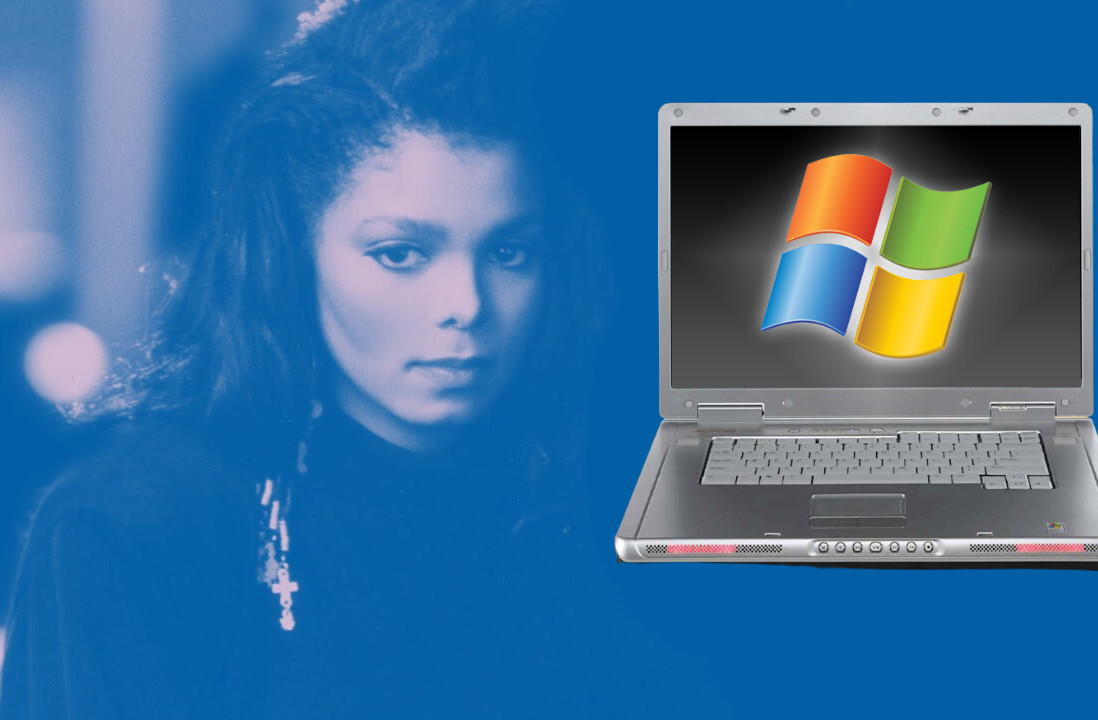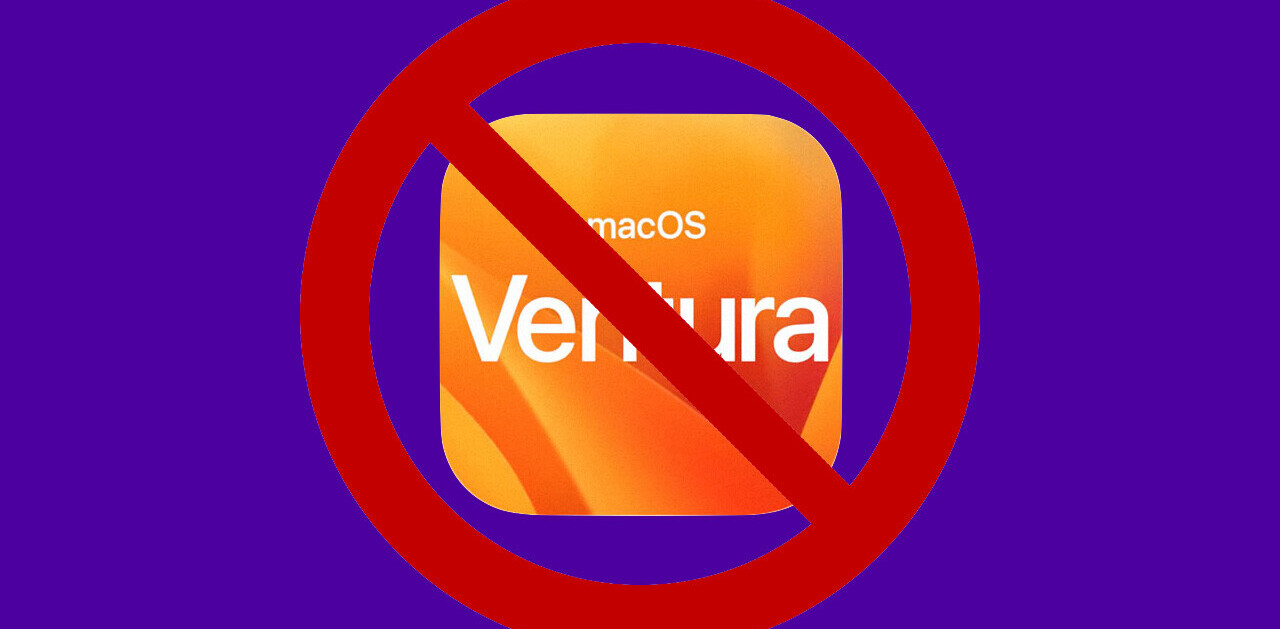
We all know tablets are selling like hotcakes, but how many have actually been distributed so far? Between 2009 and the end of 2012, nearly 200 million tablets have shipped worldwide. Furthermore, it looks like spending on these devices is increasing, and it’s already understandably much higher than on smartphones.
The latest data comes from market intelligence firm ABI Research, which further projects that an additional 1 billion tablets will ship over the next five years. That means an average of 200 million tablets shipping every year, which again, putting things into perspective, is the same number that has shipped in the last three years.
In the US, consumers are shelling out more and more on their tablets: 22 percent of users spend $50 or more per month and 9 percent spend $100 or more. In other words, there is money to be made for developers targeting tablets, whether that it’s in the form of physical or virtual goods.
Despite this trend, ABI research says on-device spending has not yet impacted retail storefronts. There is concern, however, that many physical venues will simply turn into showrooms for eventual e-commerce purchases. This is because more than 50 percent of tablet owners are already reporting using their devices for logistics, such as price checking, using a coupon, and location-based searches, while shopping in the previous 90 days.
“Tablets are quickly becoming the go-to transaction screen within the home,” mobile devices senior practice director Jeff Orr said in a statement. “The opportunity to keep consumers buying in-store squarely remains with the retailer. So far, the presence of a media tablet during the shopping experience has not altered the sales channel where consumers finally buy products.”
Yet the bigger picture isn’t that tablets are going to take over and completely change the way consumers behave. While the growth for these devices is certainly very quick, it’s more likely that other industries will learn to adapt. For example, tablets are increasingly used in conjunction with other media types (14 percent for TV, 17 percent for newspapers and magazines, according to ABI), augmenting the experience instead of just replacing it. That being said, those who don’t attempt to leverage this type of behavior will quickly end up on the side of the road.
Image credit: Darren Deans
Get the TNW newsletter
Get the most important tech news in your inbox each week.





